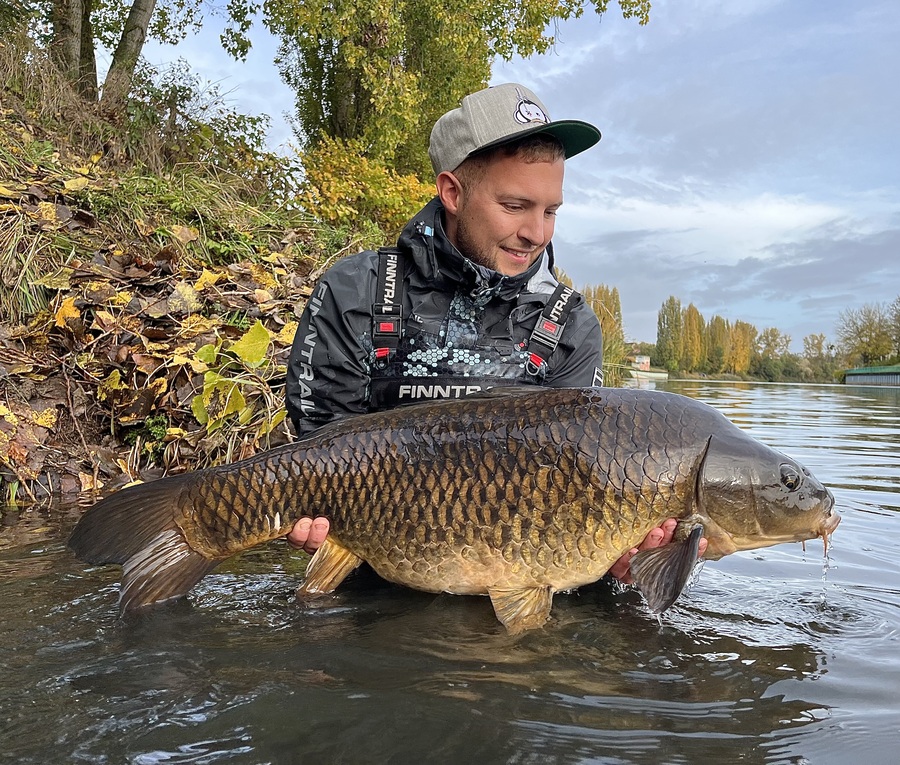How to Fix Your Waders
Whether you’re casting into spring creeks or wading through cool autumn rivers, nothing ruins the experience faster than water seeping into your waders. Fixing waders can save the day and extend the life of your gear. This article explains how to repair waders, including both neoprene and breathable models.

Step 1: Find the Leak
Before you can fix your waders, you need to identify exactly where the leak is coming from.
For breathable waders:
-
Turn them inside out.
-
Spray the inside with rubbing alcohol. The leaky spots will darken as the alcohol seeps through.
-
Mark these spots with chalk or a washable marker.
For neoprene waders:
-
Fill them with water or submerge them in a tub.
-
Look for air bubbles—these indicate leaks.
Even small punctures can let in enough water to make your outing uncomfortable, so be thorough during your inspection.
Step 2: How to Fix Leaky Waders
Once you’ve located the leak, it’s time to repair it.
How to Fix Breathable Waders
Materials Needed:
-
Rubbing alcohol
-
Aquaseal or Gear Aid adhesive
-
Applicator (small brush or wooden stick)
Steps:
-
Clean the area around the leak.
-
Apply a thin layer of Aquaseal over the leak.
-
Let it cure for 12–24 hours.
This method works well for minor leaks and helps restore your gear’s waterproofness.
How to Fix Neoprene Waders
Neoprene is more durable but still susceptible to punctures and tears.
Steps to Repair Neoprene Waders:
-
Dry the waders completely.
-
Lightly sand the damaged area with fine sandpaper.
-
Apply Aquaseal or use a neoprene patch kit.
-
Let it cure flat for 24 hours.
For larger tears, a patch kit combined with neoprene cement offers the best durability and flexibility.
Step 3: Reinforce and Re-Test
After the adhesive has fully cured:
-
Gently flex the material to ensure the seal holds.
-
Apply a second coat around the patch edges for reinforcement.
-
Perform another leak test using water or rubbing alcohol.
If you’re dealing with multiple leaks, it’s often best to repair them in stages over a couple of days to ensure each patch is properly sealed.
Final Thoughts
Knowing how to fix a hole or leak in your waders is essential for any angler or hunter. Whether you’re dealing with a small pinhole or a larger tear, the right technique—whether for neoprene or breathable waders—will keep you dry and comfortable in the field.
Always inspect your gear before each outing. Fixing waders isn’t just about comfort—it’s about staying safe and prepared for whatever the water brings.





